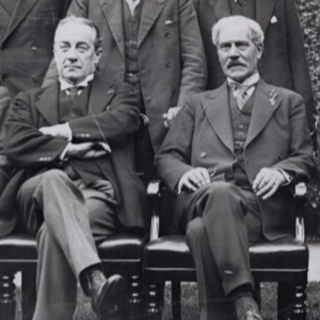Jaksokuvaus
The ‘flapper election’ took place on 30 May 1929. The reference was top ‘flappers’, fashionable and slightly shocking young women of the 1920s, who could vote in it because, at last, universal suffrage had been introduced for all adults of 21 or over irrespective of sex or property. The Tories, who’d made some moves, perhaps rather more modest than many might have hoped, towards alleviating property and had been responsible for the reform that gave the flappers the vote, might have hoped to be returned to office in gratitude. They weren’t. Instead, Labour, the biggest single party but again short of a majority, formed a second government under Ramsay MacDonald. As before, and like the Baldwin government that preceded it, it tried to cut public spending. The economy remained stuck in the doldrums and then, after the Wall Street Crash of 1929, it tanked. Workless numbers soared. In 1931, MacDonald decided that the only way to keep reducing spending was to cut unemployment benefit. That was unacceptable to the majority of Labour. The party split over the issue, a split confirmed when MacDonald accepted the king’s plea to stay on as Prime Minister but at the head of a ‘National Government’ including ministers from all three the main parties, Conservative, Labour and Liberal. It in turn went to the country, as the National Government, seeking a ‘doctor’s mandate’ to cure the nation’s ills, on 27 October 1931. The results were spectacular: the National Government was returned to power with a colossal majority, 554 seats out of the total of 615 in the House of Commons. They were disastrous for official Labour, to a rump of just 52 seats. But the picture wasn’t particularly encouraging for MacDonald either. He headed a group with an unassailable majority. However, among the government’s MPs, 470 – a majority of the Commons on its own – were Conservative. His own so-called National Labour group only had 13. He was in office all right. But he was also trapped. He could do nothing without the support of the overwhelming Tory majority. Illustration: Ramsay MacDonald, the Prime Minister, (right), in a detail from a 1931 photo of the National Government cabinet by Press Associations Photos, with Stanley Baldwin (left), the Tory leader whose clear Commons majority of his own made him the real power behind MacDonald’s throne. National Portrait Gallery, x184174. Music: Bach Partita #2c by J Bu licensed under an Attribution-NonCommercial-No Derivatives (aka Music Sharing) 3.0 International License
